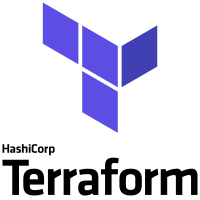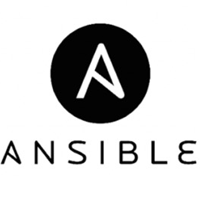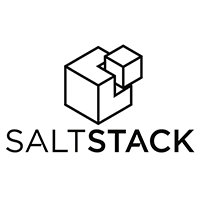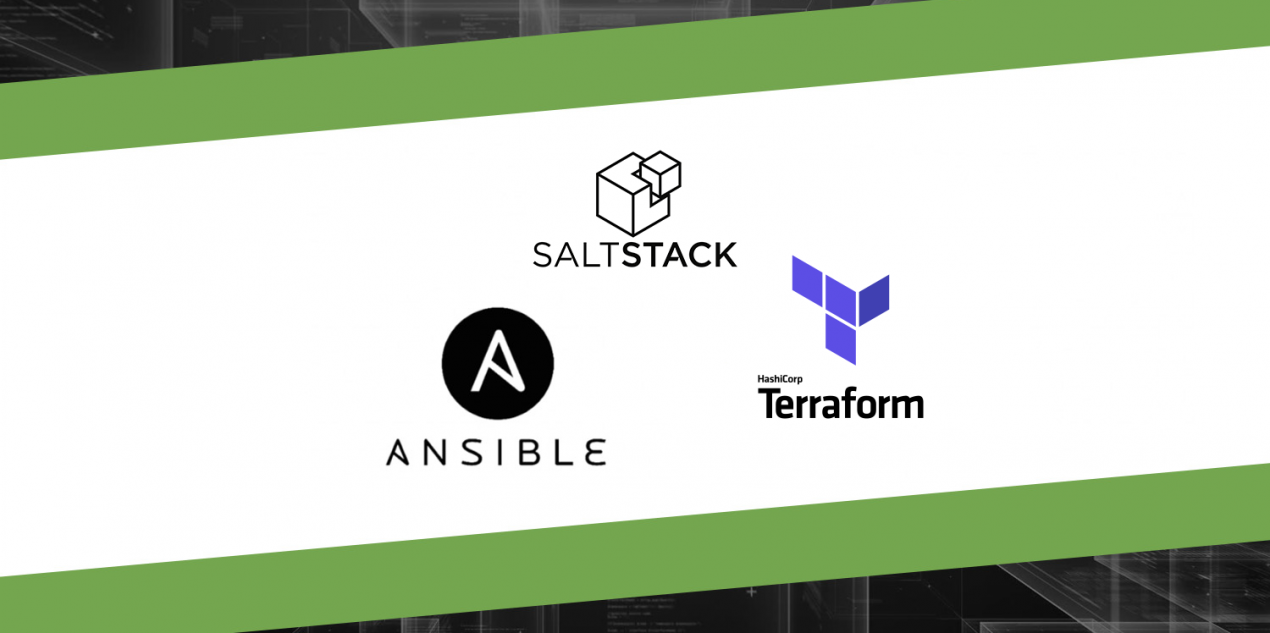Infrastructure automation has the potential to streamline your company, whether you have twenty terminals at your disposal or two thousand. You may be familiar with infrastructure automation through one of its many synonyms: IT management, system configuration management, and others.
Whether you know it as infrastructure automation or by one of these other terms, the principles at play are identical. You’re scripting a digital environment (servers, software, the interaction between them, and more) that can then be scaled to as many individual system nodes as needed. Infrastructure automation allows you (and any developers authorized by you) to rewrite your scripted environments with ease, saving hundreds of hours of collective work, and avoiding countless errors.
Infrastructure management, when handled manually on a system-by-system basis, is practically certain to encounter problems. There are simply too many variables at play (bear in mind, many organizations have dozens or even hundreds of system nodes).
Choosing not to deploy infrastructure automation in 2018 is the equivalent of doing advanced calculus by hand when you need fast answers. Naturally, you’d turn the calculus over to your calculator or equivalent software, and get the results you needed, with a massively slimmed-down margin of error.
To that end, here are three of our favorite cloud-based infrastructure automation tools. We’ve made our selections on the basis of intuitive ease of use, overall effectiveness, and user interface.
Terraform

First on our list is Terraform by HashiCorp. Terraform is a flexible infrastructure automation software that maps elegantly onto existing service providers, as well as executing on custom solutions.
Terraform is extremely versatile, with the ability to manage high-level and low-level infrastructure components alike: compute instances, storage, SaaS features and DNS entries, just to name a few capabilities.
As stated on their site, Terraform can help you run “a single application or your entire datacenter.” This extreme scalability is possible through rendering infrastructure environments as changeable code that can even be shared and re-used in the course of versioning.
You’ll also be able to keep organized with their “resource graph” feature. Your resource graph allows you to visually track dependencies within your infrastructure for maximum effectiveness in construction.
The software also features an incredibly useful “execution plan” feature. As you might expect, when you make an absent-minded mistake with infrastructure automation, it can be extremely time-consuming to backtrack and course correct. With Terraform, an explicitly detailed execution plan shows you exactly what changes you’re committing to before you make them. (You can thank us later.)
Ansible

Ansible’s vision is elegant and powerful: Solve infrastructure problems once, and then automate your solutions going forward. It’s the perfect approach to maximize your company’s collective time, resources, and brainpower by rerouting it to creative and productive tasks, rather than the minutiae of real-time human approaches to infrastructure versioning. In fact, a user testimonial on Ansible’s site says that the software cut a 17-hour infrastructure process at his company down to a mere three minutes.
Ansible focuses on simplicity in their approach and dynamics, with a priority on “human-readable automation”, as their site emphasizes. No expertise in coding is necessary to get running with Ansible, and all tasks are executed in automatic order, to ensure you get things right the first time.
Ansible is also open-source, boasting over a quarter-million monthly downloads, and 2,400 contributors updating and optimizing the software around the clock. This means that the applications and possibilities of Ansible are constantly expanding. It also helps to ensure that special or unique system requirements that might apply in your case have been encountered and mapped out by others before you.
Saltstack

As stated on their site, Saltstack was recently awarded a 5/5 rating after a hands-on review by InfoWorld in 2017, in addition to winning a number of industry awards in the past few years. They offer premium support for any virtualization, OS, cloud, container or system, and are used by companies as diverse as Adobe and LinkedIn.
Saltstack allows you to customize to fit your unique needs. Need to choose between a general-purpose cloud setup, versus specific use cases? You can. Saltstack also maps seamlessly onto IoT applications, big data uses, dynamic storage, and much more.
Saltstack’s proprietary API places a high premium on scalability and security, making it an excellent application that grows with your company seamlessly. This makes it perfect for enterprise companies with rapidly scaling and shifting digital landscapes. It’s also the automation industry’s first intelligent application.
Summing Up
Whether you explore Terraform, Ansible, Saltstack, or one of the many other tools available, your organization stands to benefit hugely from infrastructure automation.
Why would you trust something as vital as continual system configurations (potentially across dozens or hundreds of discreet nodes) to an error-prone human being when you could outsource it to a proven digital solution custom-built for the task?
Then click the button below to get started!
